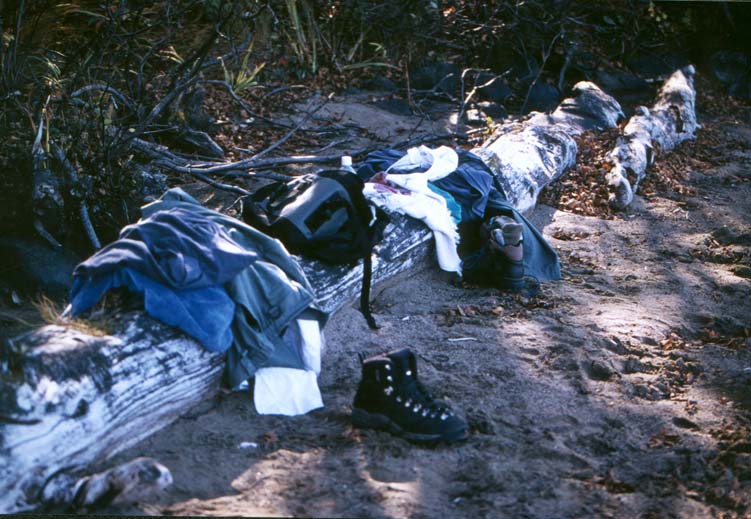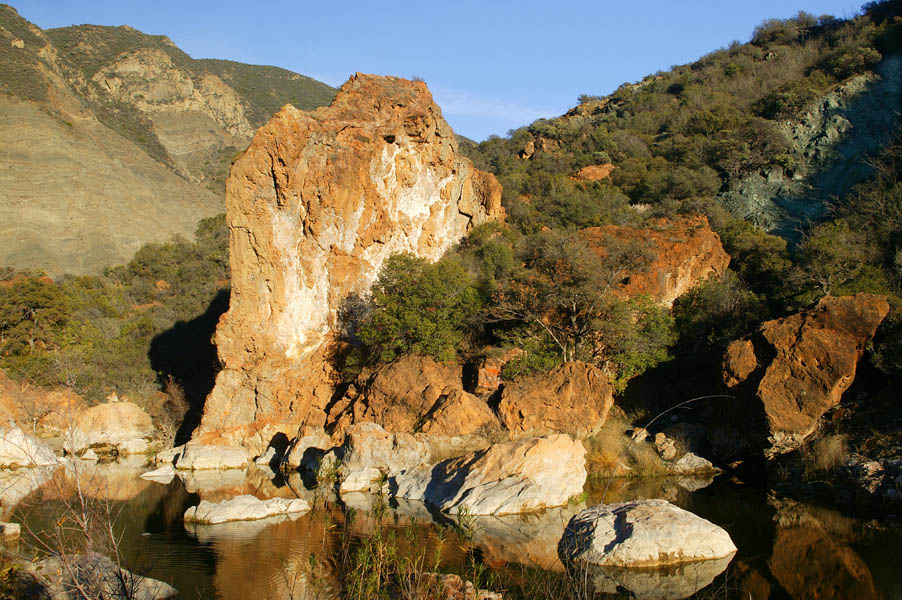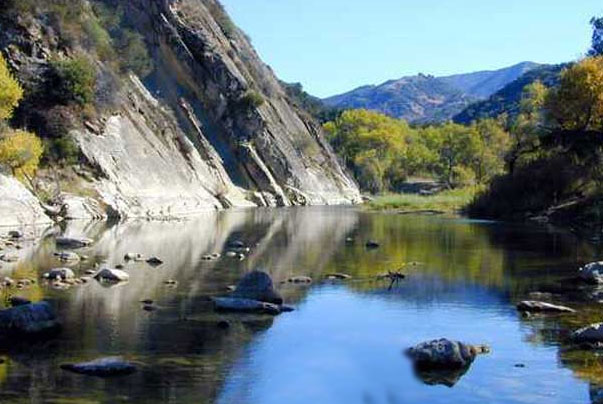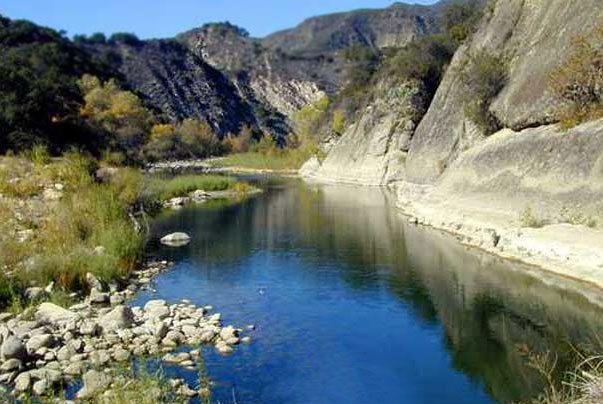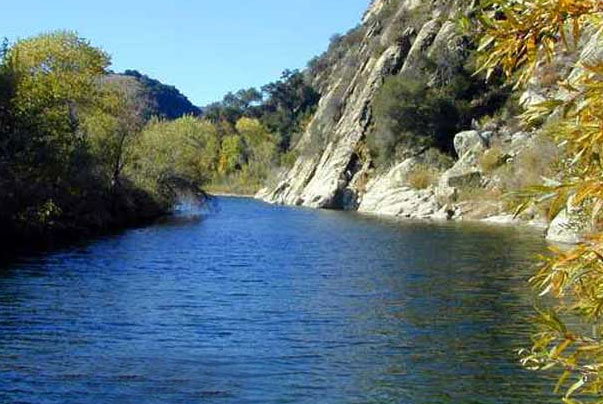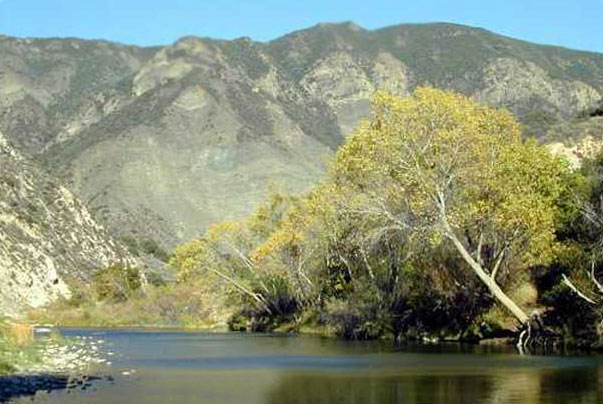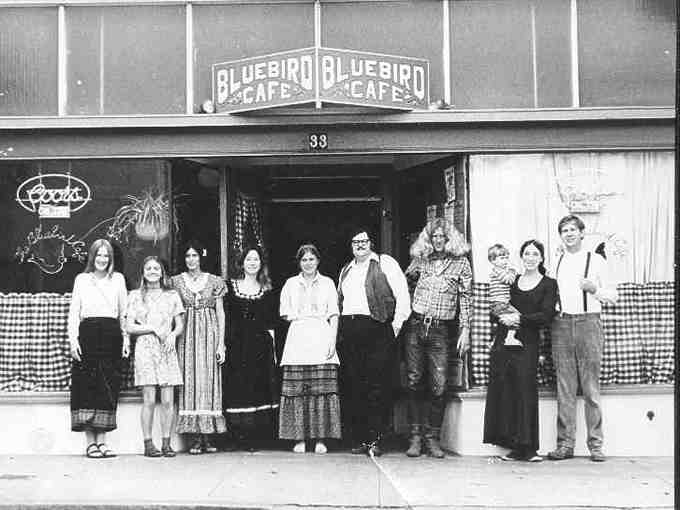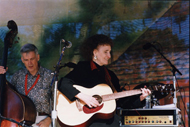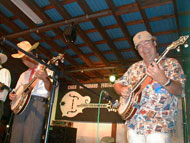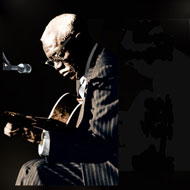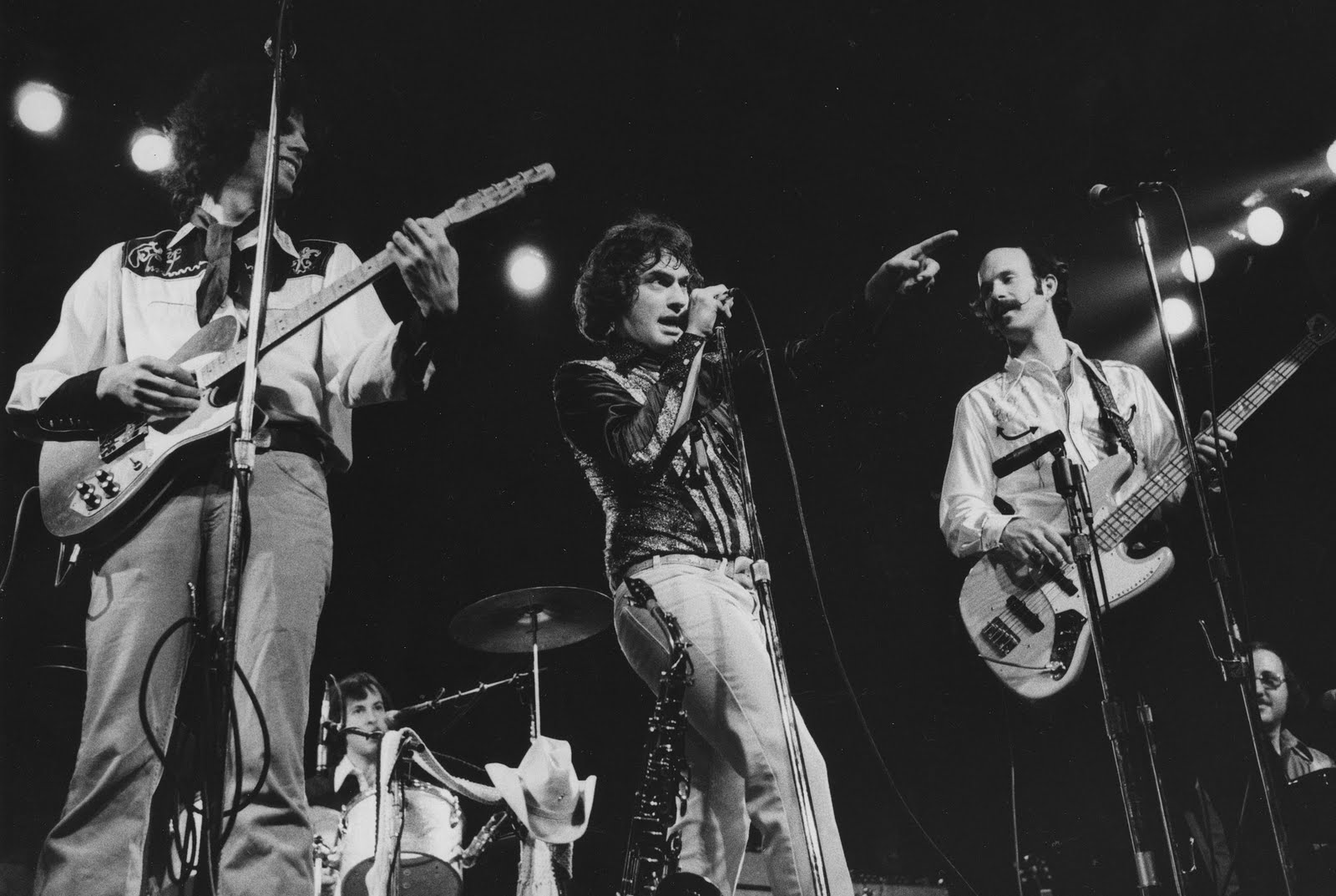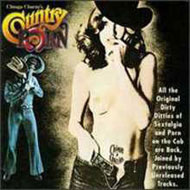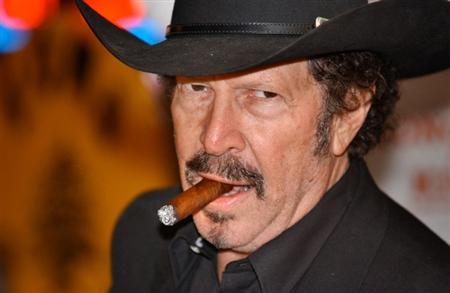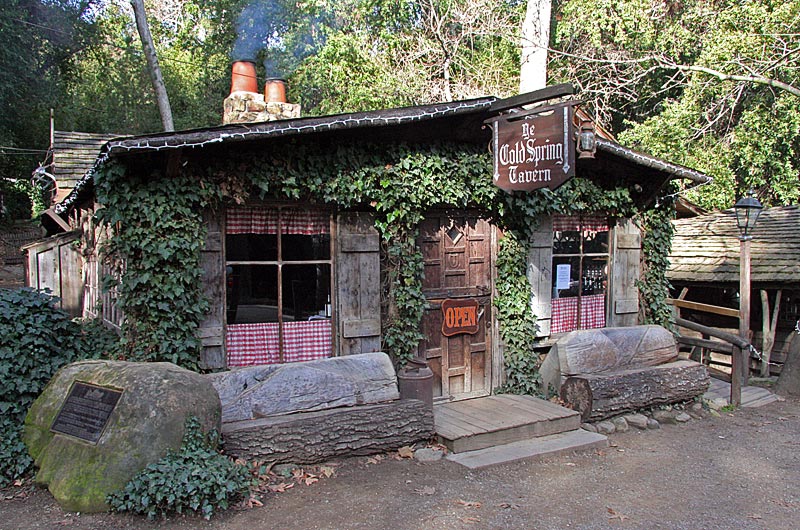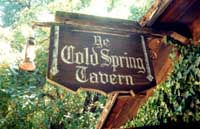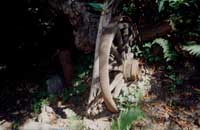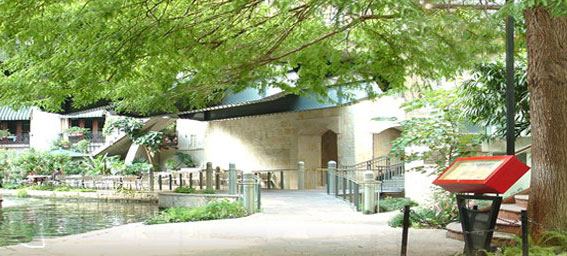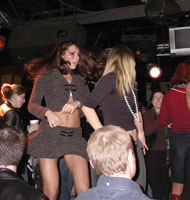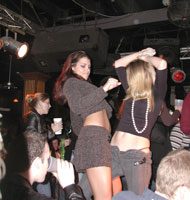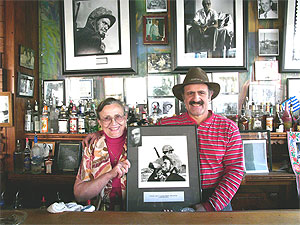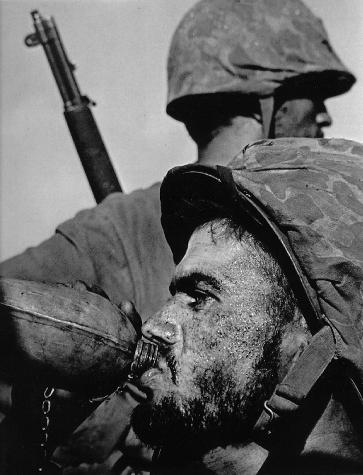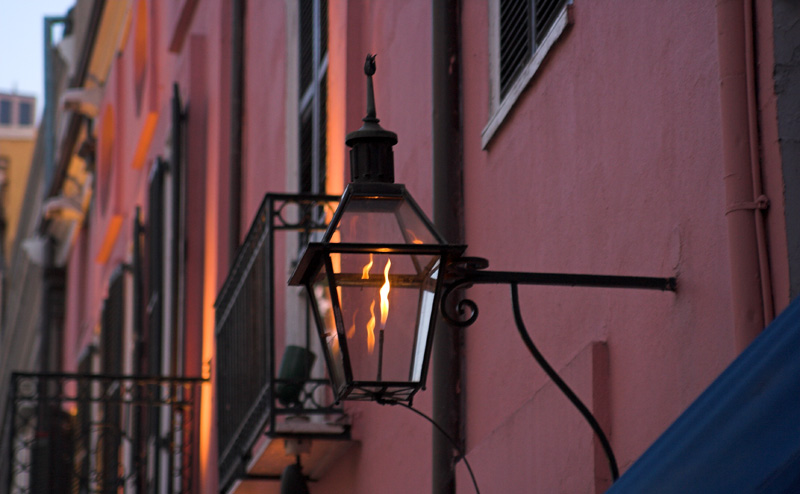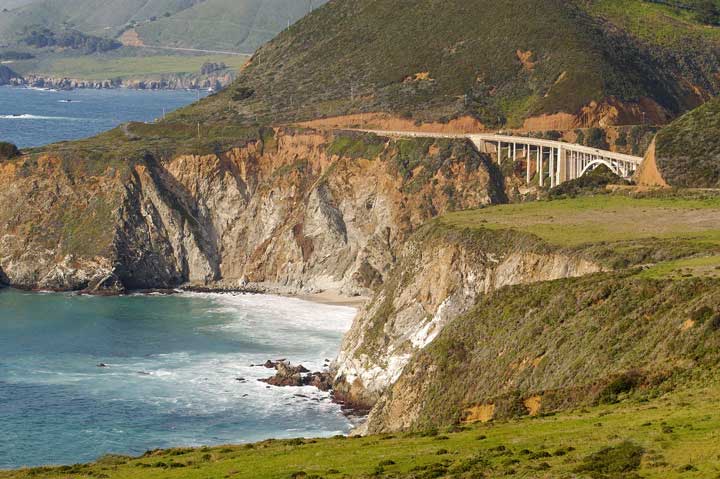
Not knowing where exactly to start, I’ll begin at the end. The last I heard from and about Dick was that he’d been arrested for selling dynamite to undercover FBI agents. Not surprised.
Dick needed a psychiatrist when he was in high school, probably much earlier, but by high school he was in position to do harm to himself and others, and maybe with some help things would have been different. My thought was that he never intended to hurt anyone, but he’d chosen a path of self destruction, and he was planning on following it wherever it was going to end, and it was just unfortunate if a bystander stood in his way.
We teamed up following the party and the closing of the house. He threw a party when his mother took a 2 month trip to Russia and through Eastern Europe. His dad, who years earlier had suffered a massive stroke and was confined to a wheelchair, was placed in a care facility across town. His dad was already in his 70’s when Dick was in high school and the stroke had left him both imobile and unable to recognize Dick. That is why I think he needed some professional help, and then of course, his serious abuse of drugs didn’t help matters any. The house was destroyed. Never in my day, had I’d ever seen anything like it. I don’t know who was responsible, but it all came to a stop when the police arrived. Long story short, no arrests were made, Dick was placed in the custody of an Aunt and Uncle, and the house was locked, officially closed. After numerous arguments with his relatives, Dick left and reopened the house [illegally], where the next two months were nothing but nightly parties, by invitation only, and a limited number of guests invited.
I spent a great deal of time there those two months and we’d be out on the town nightly, juggling time with three different sets of girls, and trying not to get our lines crossed. There was Janet and her friend , sisters Josie and Leslie, Colleen and her friend. And there was the van, the old Econoline van with a big peace symbol painted on the side, if that wasn’t like painting a target for law enforcement as we drove across town at three am. And there was the Tequilla…
We started backing into the spaces at the drive-in. [yes, drive-in – what has now become an outdoor swap meet until the sale price of the land is agreed upon and another strip mall is born. With the back doors open, whatever movie playing, whichever pair of ladies, a fifth of Tequilla, salt, limes, ice and a shaker, we started learning how to make the perfect margarita. A fifth led shortly to a quart, then a half gallon… where once again, bring in the law.
We’d been seeing, or trying to see as much as possible, a pair of sisters Josie and Leslie. I can’t recall how we’d met, but will never forget the last time we saw them. They lived with their mother and her boyfriend, a studio conga player that had recorded on Santana’s first album. We just knew him as Big Pete, and he was that, at least 250 pounds. Pete, mom, and the daughters were planning on leaving Santa Barbara soon and the day finally came when they headed north and soon thereafter on a Thanksgiving weekend Dick and I headed up to visit. I could list the miserable Thanksgivings that I’ve had over the years, the topper probably being the one when I fell through a storefront window. A plastic surgeon who lived nearby performed the surgery, and just to prove it wasn’t minor, the glass had sliced my face almost in half from just below my eye through my lip. I’d been cut across my neck just missing my juggler vein, a ten inch long gash across my shoulder, other cuts on my arms and elsewhere, but the big one was a piece of glass that cut into my lower back just missing my spinal cord. One might say the opposite and conclude it was a day of thanks, but it cost me years of scars and pain…a Thanksgiving to remember. But this one was just as sad as that one was bad. From Morro Bay north we’d hit a fog bank thicker than I’d ever seen. The Econoline steering wheel had so much play that you could turn it a quarter to either side before it was actually having any effect. Add that to dim headlights and we were in great shape. Actually, as usual, we were in great shape or rather ‘happy spirits’, but even in our state of joy we knew this drive was not a safe one. Whatever highway marker we’d been given had finally appeared. A right off Highway 1 up a dirt road took us to a spot where we could park, then up to a main house just further up the hill. Not wanting to intrude on this family(s) Thanksgiving, we had our own in the van; crackers, cheese, and a couple six packs of Miller Highlife. Josie and Leslie brought us some turkey, spent most of that night with us in the van, and brought the fog back tearfully telling us that their father was driving down from Monterey the following day to pick them up for the rest of the weekend. Sometime that next morning was the last time we ever saw them again. We watched them drive away, but never did have any way of contacting them, and either never thought one step ahead, or it just wasn’t ever meant to be. Their mom, Big Pete, other friends and the owners of the property did all they could to console us, actually put us to work in order to take our minds off the sadness of the mornings event. What better way to change your frame of mind is there then to dig an outhouse? I’d never dug an outhouse before, although there’s no real science to it. It’s just a big hole like others, but it’s the structure atop the hole that’s the key. As it turned out the property owners, residents of the house owned a few acres and were letting friends build structures on the property, Big Pete and mom would be building an A-frame and we could help starting this morning by digging what would be their toilet. We dug till noon, said our good-byes and headed south. I’ve driven up and down that section of Hwy. 1 between Morro Bay and Monterey a hundred times since. I’m pretty sure I have seen that turn off that leads up to where the house, an A-Frame, an outhouse might still be but don’t know if they too exist in memory only.
Dick got more daring and was busted on posession charges, but I can’t recall what he’d been caught with. He’d run the full gambit from shooting heroin, shooting reds, taking acid, orange sunshine, and any combination of pills and alcohol he could get his hands on. I hadn’t seen him but for a couple times and then got the news one afternoon. He’d been arrested atop San Marcos Pass selling dynamite to undercover FBI agents.
I remember he once told me he’d tried to hitchhike to New York in 1969 to attend Woodstock, but was arrested in Ohio. Ohio law states that it is illegal to stand on any part of a freeway, including the shoulder, unless in an emergency situation. Attending Woodstock is not or rather was not obviously considered an emergency situation to Ohio authorities, only to Dick. Maybe if he’d gotten to Woodstock, everything would have been different.

